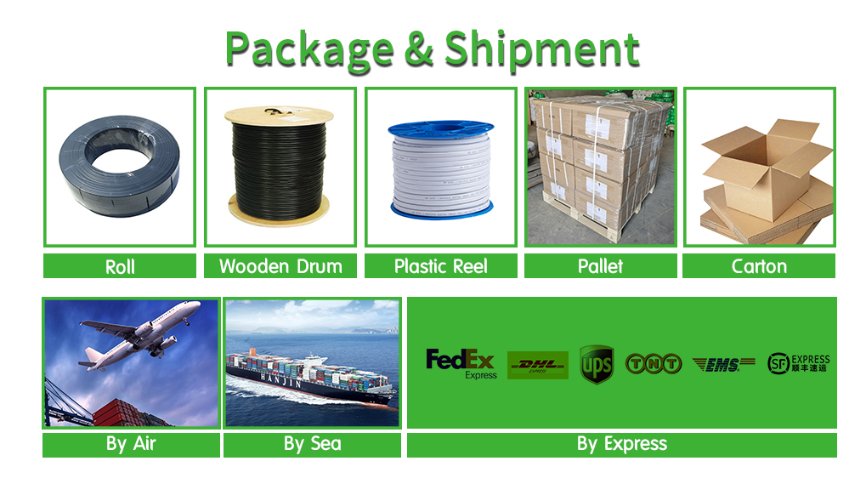Introduction
In today’s interconnected world, reliable and efficient electrical signal transmission is critical. The multicore shield cable produced by Anyte Cable plays a vital role in making this possible by providing a structured and protected path for the transmission of data, power and signals. This article aims to explore the concept of multi-conductor shielded cables, clarify their construction and use, and delve into the working mechanisms that make them an integral part of modern electrical systems.
What is a multi-core shielded cable
Anyte as a cable manufacturer suggests that multi-conductor shielded cables are composite cables consisting of multiple insulated conductors combined together within a protective outer sheath. These cables are designed to carry multiple signal or power circuits within a single cable assembly. The term “multicore” refers to the presence of multiple conductors, while “shielding” refers to the cable’s protective layer designed to minimize electromagnetic interference (EMI) and ensure signal integrity.

Structure and components
A. Conductor: The conductor in the multicore shield cable is usually made of copper or aluminum. Each conductor is individually insulated to prevent signal interference and crosstalk between adjacent conductors. The number of conductors in a multi-core shielded cable may vary depending on the application requirements.
B. Shielding: The shielding assembly of a multiconductor shielded cable is responsible for minimizing electromagnetic interference that can degrade signal quality. There are different types of shielding commonly used, including:
- Foil Shielding: Thin metal foil is wrapped around conductors to provide effective EMI protection.
- Braided Shield: Interwoven metal wires form a flexible shield around the conductors, providing excellent EMI shielding.
- Combination Shielding: Use both foil shielding and braid shielding for enhanced performance.
C. Insulation and Jacket: Each conductor is individually insulated with materials such as PVC (Polyvinyl Chloride), XLPE (Cross-Linked Polyethylene), or other specialty insulation materials, depending on specific application requirements. The outer jacket of the multicore shielded cable provides overall protection, mechanical strength, and resistance to environmental factors such as moisture, chemicals, and abrasion.
Working principle
A. Signal transmission: Multi-core shielded cables are mainly used to transmit electrical signals, power or data between devices or systems. Each conductor within the cable carries a separate signal or power circuit, allowing multiple functions to be integrated into a single cable assembly. Individual layers of insulation around each conductor prevent crosstalk and signal interference, ensuring the integrity of transmitted data or power.
B. EMI Protection: One of the key functions of shielding in multicore shielded cables is to minimize the effects of electromagnetic interference. Electromagnetic fields from nearby electrical equipment, power lines, or other sources can induce unwanted signals or noise in cables, resulting in data corruption or signal degradation. Shielding, whether foil, braid or combination, acts as a barrier, absorbing or reflecting external electromagnetic fields and preventing them from penetrating into conductors, thereby maintaining signal quality and integrity.
In conclusion
Its multicore shield cable is an important component in modern electrical systems, capable of efficiently transmitting multiple signal or power circuits within a single cable assembly. By combining multiple insulated conductors with effective shielding, these cables provide reliable signal transmission while minimizing the effects of electromagnetic interference. Understanding the structure and working mechanism of multi-conductor shielded cables is critical to selecting the proper cable for a specific application, ensuring optimum performance and signal integrity in various industries such as telecommunications, industrial automation and power distribution.
One of the key factors that set Anyte Cable apart is their commitment to utilizing best-in-class German product technology. They utilize advanced manufacturing processes, cutting-edge materials and state-of-the-art equipment to produce cables of exceptional quality. By incorporating German engineering and expertise into production, Anyte Cable ensures that its products are at the forefront of technological advancement, delivering reliable, efficient performance. If you have any needs, please feel free to consult.
Related Products





